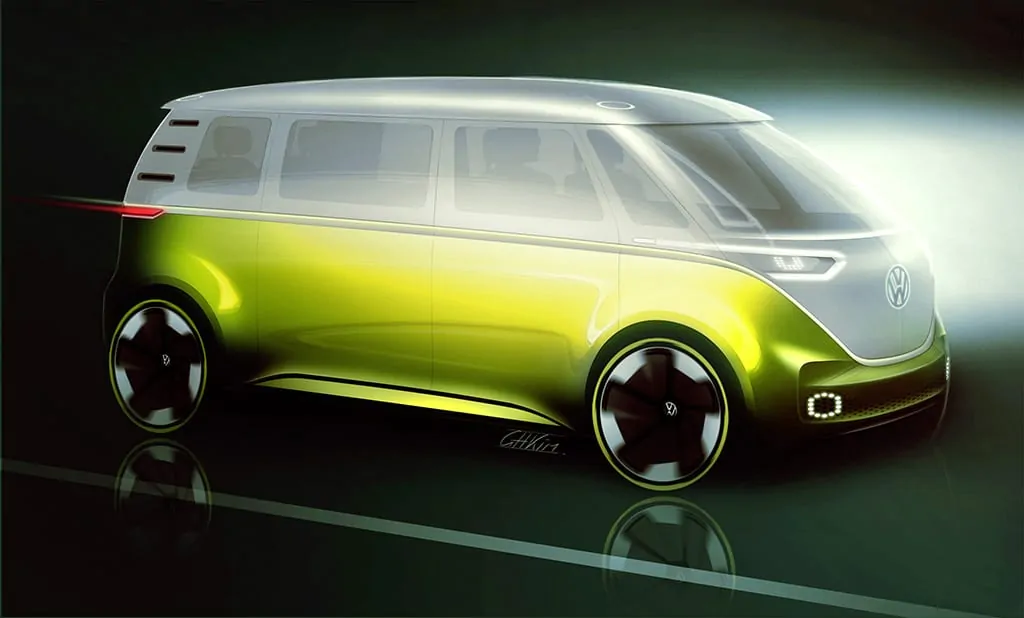How could the autonomous vehicle impact car design? It’s a question brewing in design circles worldwide. Paul Snyder, Chair of the College for Creative Studies’ Transportation Design program, offers his thoughts.
Sex may in some way explain the fierce resistance of auto enthusiasts and practitioners to view future transportation through any other lens than one framed by history, the racetrack, the concourse, or the auction. In other words, an extreme interest in cars — like many passions and pastimes — is core to our identities. Like with sex, we have nostalgia and desire with our best, our worst and our fantasy.
These were my thoughts recently, following a panel discussion I participated in on the subject of the autonomous vehicle’s impact on car design. I was surprised by the reaction I received after my avocation of the ‘sexy box’ as the future of transportation. Even the product designer next to me responded with a defense of the perfectly proportioned car.
Yet as a matter of efficiency, practicality and inevitability, the ‘box’ is very much in the future of transportation design, and its value as ‘sexy’ is simply a matter of who wants it and who designs it — something to be considered not in the same ways we are used to.
As an avatar, it can still enhance our sense of identity, like arriving with an attractive or important partner on our arm. Simply put, the derision of future mobility as appliance won’t happen unless we as visual stakeholders allow it to. I think it’s safe to say nobody wants future mobility solutions to look like rolling toasters or huge happy gumdrops.
In contrast, there have recently been several successful examples of the ‘sexy box’ volume, though none addressing the truly minimized footprint only required to carry four people in comfort and style. Length is easy.
Take for example the Mercedes Vision Tokyo concept, which nicely explores “sensual purity” extending up into a rapidly disappearing need for conventional glazing. Then, most surprising at the Detroit auto show, was the retro-futurist Volkswagen I.D. Buzz concept, wrapping an autonomous vehicle interior in another romantic riff on the summer of love icon.
For the most part, however, these concepts have yet to really separate themselves from the vocabulary and architectures of vehicles past. In order to accomplish this, perhaps it’s time we more seriously consider it a simple challenge of scale, new opportunities and the projection of ourselves into the future. Because the future — like the need for transportation and sex — is unavoidable.









